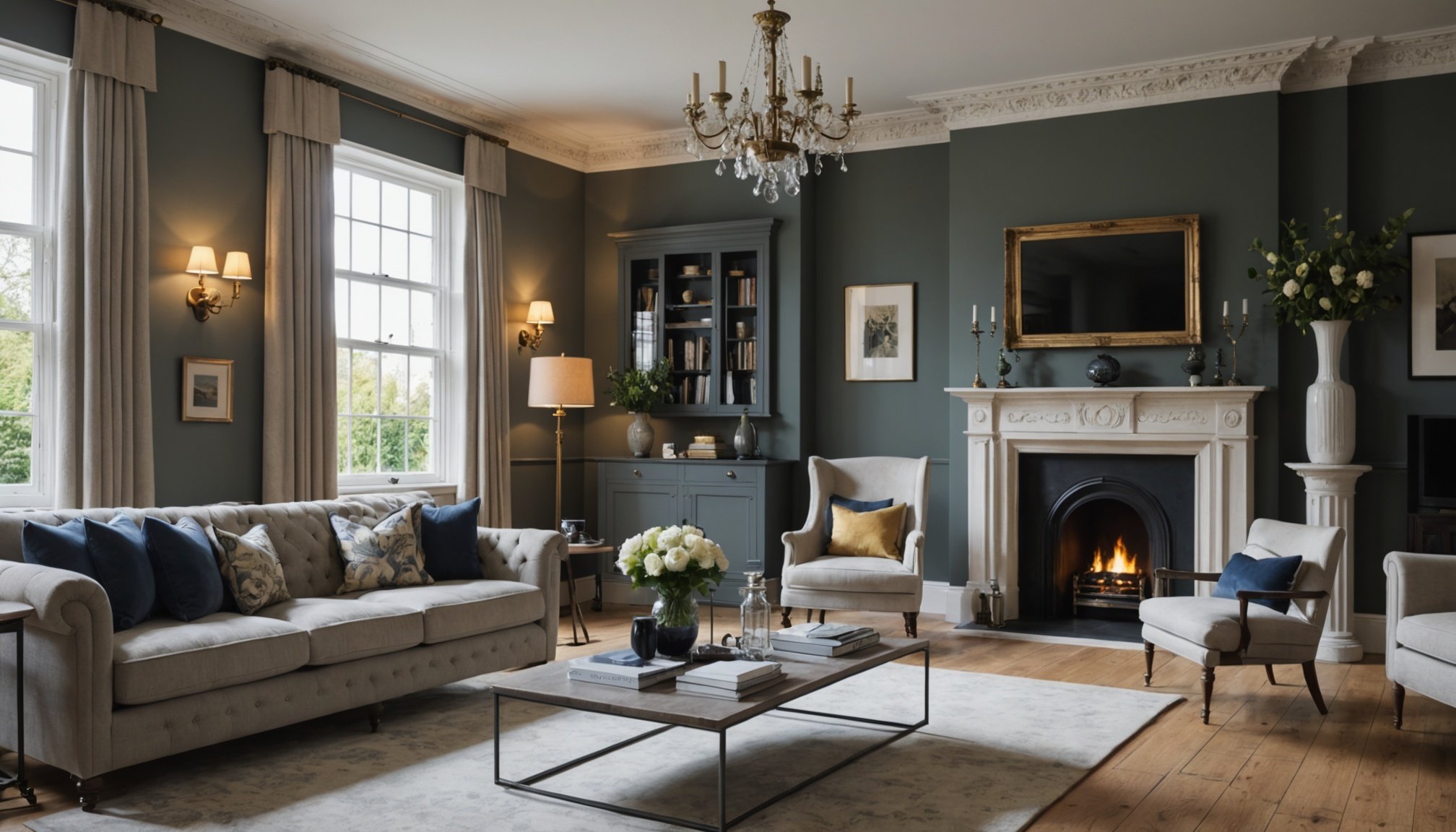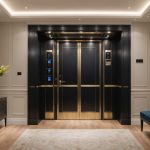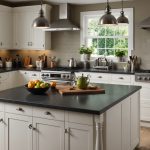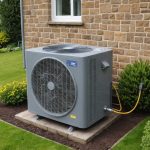Understanding Home Automation in Historic UK Homes
As historic UK homes embrace the modern age, home automation offers a bridge to contemporary convenience without forsaking heritage. Home automation refers to the network of smart devices and systems that enable residents to control various aspects of their homes remotely. It includes features like lighting, heating, security, and more, operated through smartphones or computers.
Integrating technology into historic homes requires a delicate balance between technology integration and maintaining historic preservation. These homes often have unique architectural elements and materials that must be preserved. The challenge lies in enhancing functionality without compromising the building’s architectural integrity. It’s essential to ensure that any modifications adhere to historic preservation guidelines to protect these homes’ character and charm.
This might interest you : Ultimate guide to installing a home elevator in your uk townhouse: proven tips and best practices revealed
Despite these challenges, home automation provides substantial benefits, such as increased energy efficiency and improved security. This can be particularly advantageous in historic residences, where climate control and safety can be less effective than in modern buildings. In doing so, homeowners can enjoy the comfort of the 21st century while cherishing the legacy of the past.
By carefully selecting and installing appropriate technologies, it’s possible to upgrade historic homes while respecting the past, allowing them to remain a central part of the UK’s cultural heritage.
In the same genre : Ultimate guide to stylish and durable kitchen countertop materials for uk homes
Choosing Appropriate Technologies
Integrating smart technology into historic homes demands a delicate touch. To maintain their charm, it’s essential to choose devices that align with the historic aesthetics of these properties. Start by considering compatible devices that blend seamlessly with existing architectural features. Opt for designs with a vintage feel or those that can be discreetly hidden.
When selecting smart technology, prioritize low-profile and easily reversible solutions to ensure minimal impact on the structure. For example, wireless systems can circumvent the need for intrusive wiring. Smart thermostats and lightbulbs are particularly favourable choices, as they offer substantial benefits with minimal aesthetic disruption.
It’s crucial to maintain the balance between modern convenience and historic aesthetics. Look for technology that supports heritage aesthetics, such as switches and panels that mimic period styles yet provide modern functionality. While integrating these technologies, always adhere to the guidelines of historic preservation to ensure the original character is upheld.
By choosing the right smart technology, historic homeowners can achieve the comforts of modern living whilst preserving their home’s unique charm. This balanced approach not only conserves architectural integrity but also ensures that these iconic UK homes continue to delight future generations.
Addressing Potential Challenges
Incorporating home automation in historic UK homes is not without its challenges. A common issue is the presence of thick walls and unique structures that can complicate technology integration. These elements may interfere with signal transmission or even necessitate significant alterations, risking the home’s historical value.
To tackle such obstacles, prioritise wireless technologies that mitigate intrusive installations. This approach ensures essential features like heating and lighting are updated without extensive structural changes. An often overlooked solution is employing mesh networks to enhance connectivity across the home, thereby bypassing physical barriers.
Another challenge is ensuring the skilled labour required for installation does not compromise the building’s integrity. It is crucial to collaborate with specialists familiar with both historic preservation and technological needs. These experts can foresee potential issues and offer suitable remedies tailored to the property’s specific requirements.
Homeowners should remain proactive by conducting thorough assessments prior to implementation. Seek advice from preservationists and technology consultants to anticipate and strategize solutions to potential problems. This collaborative effort will enhance modern functionality while safeguarding the home’s quintessential character and charm. Only through careful planning and expert guidance can these architectural treasures enjoy the benefits of the modern age.
Maintaining Historical Integrity
Preserving historical integrity is crucial when integrating home automation into historic UK homes. Ensuring that this blend of modernism and antiquity doesn’t detract from or alter the home’s historical features requires meticulous planning and execution.
Begin by employing preservation methods that emphasise reversible changes. Opt for wireless solutions wherever possible to avoid invasive installations that might damage or alter original architecture. Maintaining an aesthetic balance is imperative, and selecting technology that complements the historical ambiance can greatly enhance this synergy.
When selecting finishes and placements for smart devices, adhere strictly to guidelines that prioritise the building’s original character. Choose subtle designs that either mimic period aesthetics or can be hidden from view. This approach ensures that the historic charm remains untarnished while modern conveniences are effortlessly integrated.
Achieving a harmonious coexistence of modern comfort and heritage aesthetics fosters a cohesive living environment. Consult with heritage conservationists to respect the home’s legacy while seamlessly incorporating smart technology. Their expertise will prove invaluable in balancing the charm of the past with the functional demands of the present. Through careful planning and execution, homeowners can enjoy contemporary living without compromising on historical beauty.
Tips for Homeowners
For homeowners embarking on the journey of home automation in historic houses, careful planning is paramount. Begin with a step-by-step assessment of your home’s specific needs and constraints. Evaluate areas where smart technology could enhance efficiency and comfort, maintaining alignment with historic preservation principles.
Collaborate with both technology specialists and preservationists. This dual consultation ensures that any proposed technology integration respects the home’s historical attributes. Experts can offer valuable insights into compatible devices and reversible installations. They can guide you towards smart solutions that blend with the overall architectural integrity.
Homeowners should explore various resources available for continual learning on home automation. Heritage conservation bodies might offer guidelines to maintain the balance between modern convenience and historic aesthetics. Engaging with online forums and local expert seminars can provide ongoing support and knowledge sharing.
Finally, by focusing on innovative but subtle automation techniques, homeowners can cherish their historic homes while enjoying modern conveniences. Practical enhancements—such as wireless systems and low-impact smart devices—can significantly improve living standards without detracting from a building’s unique charm. This strategic approach ensures that historical essence is thoughtfully preserved, engaging future generations.
Case Studies of Successful Integrations
Exploring successful automation in historic homes reveals valuable insights into balancing heritage conservation with modern technology. These case studies provide real-world examples of how to integrate modern technology while preserving historical charm.
Case Study 1: Integration in a Victorian Home
This Victorian home embraced smart lighting and security systems. The challenge lay in maintaining its ornate ceiling details. Using wireless technologies avoided intrusive drilling, preserving the intricate plasterwork perfectly.
Case Study 2: Automation in a Georgian Property
In a Georgian-era house, advanced climate control systems were discreetly implemented. Careful placement of sensors and control panels ensured the home’s classical architectural lines remained uninterrupted, offering improved comfort without compromising aesthetics.
Case Study 3: Modern Tech in a Tudor Cottage
Bringing smart home features into a Tudor cottage required ingenuity. Solutions included low-profile devices hidden in wooden beams and walls, maintaining the cottage’s rustic appeal.
In each scenario, the homeowners reflected on how innovation coexisted with tradition. Their experiences underscore the importance of collaboration with specialists who understand both the technological and historical contexts. These integrations exemplify how careful planning and tailored solutions can merge tradition with modernity, preserving historic integrity while embracing contemporary convenience.











